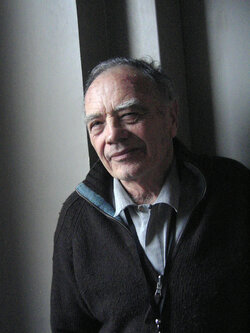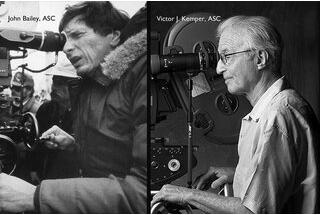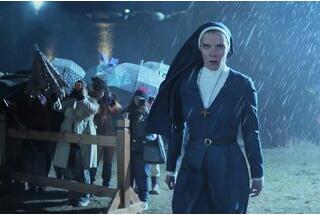Patrick Grandperret, seductive and radiant, to the depths of the underworld
By Jean-Michel Humeau, AFCThey praised his strength, his inventiveness, his eagerness to live every experience he could and to share it all with generosity, his visceral anarchism and at the same time his contagious ability to rally his bastards (as he called us) around him in his quest for the Holy Grail, and we would follow him through to the end of his plans.
L’Enfant lion was a long-term love story between cinema, his childhood memories, nature, Africa, and the search for authenticity: to be as close to animals as to humans, and to take risks in order to achieve it; just as he took risks on his motorcycle.
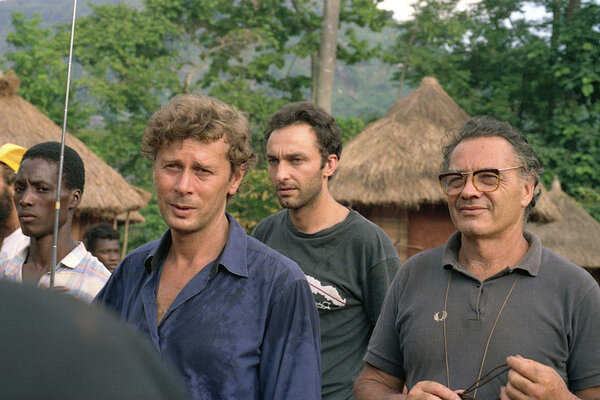
Being his own cameraman gave him the freedom to compose, to punctuate, and to be solely responsible for the establishing shots, which he would then take apart during editing. It was up to us to keep up. Martin Legrand and Tristan Fabre, the assistants, had to improvise the camerawork without any guidelines, because he himself improvised ceaselessly. I just had to improvise the lighting that would light his composition with the help of Pierre David.
We’d begun the film in the Ivory Coast and the choice of a region full of hills with dark rocks allowed us to compensate for the hardness of the white sky with our shots that were often taken from birds-eye view. In Niger, the brilliance of a petrified forest gave the capture of the slaves a Dantean quality. In Morocco, the Ksar south of Marrakesh that housed The Last Temptation of Christ was the place of the imprisonment and liberation of the children that Nikos Meletopoulos was able to transform just as he created the village in the Ivory Coast out of nothing. In Zimbabwe, we lit the set with the lions with Soviet arcs that had come from South Africa, just as had the elephants.
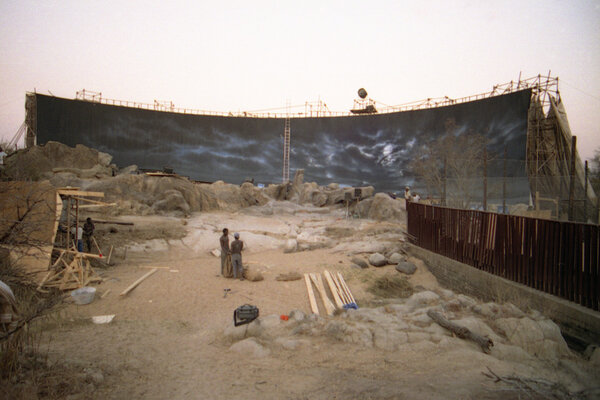
Tyrannical with himself and with others, his generosity, his courage, his tenacity, his fidelity, and his unpredictability made him attaching and radiant. He knew how to seduce, and we followed him to the depths of the underworld in this adventure.
We loved his films and we loved the man, the Parisian disciple of John Cassavetes, and his sly smile will continue to pursue us.
(Translated from French by Alexander Baron-Raiffe)
The thumbnail image shows Patrick Grandperret on location of L’Enfant lion - Photo Jean-Michel Humeau.
 En
En
 Fr
Fr